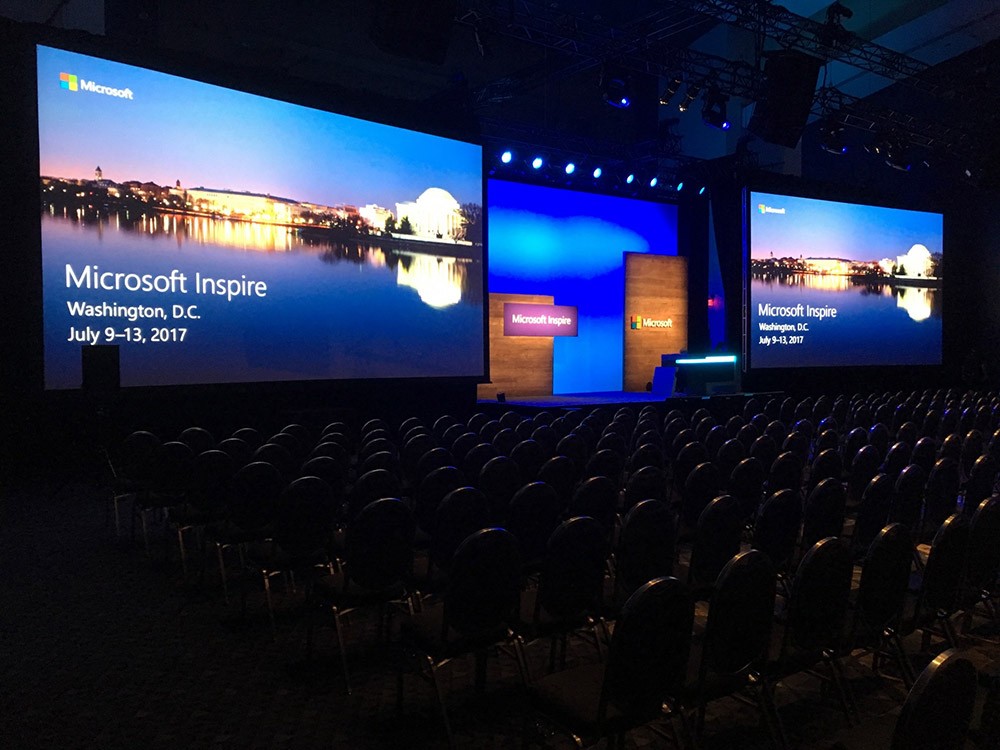Perfecting Hue Precision in LED Display Calibration for Stunning Visual Presentations
Perfecting Hue Precision in LED Display Calibration for Stunning Visual Presentations
Blog Article
Hue precision is crucial for producing breathtaking visual presentations, especially when employing LED screens. These large screens are commonly found in places like concert venues, sports arenas, and promotional billboards. When the hues on an LED wall are not accurate, the images can look flat or warped, which can affect the total experience for viewers. Therefore, mastering color accuracy in LED wall tuning is vital for attaining lively and true-to-life visuals.
The first step in ensuring color accuracy is understanding how LED technology works. LEDs, or light-emitting diodes, generate light in various colors by combining red, green, and blue (RGB) light. Each pixel on an LED wall is made up of these three colors. When calibrated correctly, the combination of RGB can create a broad range of colors. However, if one hue is too intense or too dim, it can distort the whole screen. This is why tuning is needed to balance the colors and reach the intended graphic result.
Tuning involves adjusting the settings of the LED wall to make sure that the colors shown match the initial material as closely as feasible. This process typically involves using specialized software and hardware tools. Technicians often use color assessment this content devices, such as color meters, to analyze the colors being shown. By comparing the measured hues to benchmark color values, they can make exact modifications. This ensures that the hues are not only vibrant but also consistent across the whole display.
Another crucial factor of color precision is understanding the environment in which the LED wall is employed. Factors such as surrounding light can significantly affect how colors appear. For example, a brightly illuminated room may wash out hues, making them look less lively. To mitigate this, technicians may adjust the luminosity and differentiation settings of the LED screen. Additionally, they may choose particular color settings that are better appropriate for various lighting conditions. This flexibility helps preserve color accuracy irrespective of the viewing surroundings.
Finally, routine upkeep and re-tuning are crucial for keeping an LED wall looking its finest. Over time, the functionality of LEDs can change due to factors like degradation and heat fluctuations. Regular inspections and modifications can help ensure that the colors stay correct and lively. By committing time in proper calibration and maintenance, venues can offer viewers with stunning visual presentations that enhance their overall impression. Mastering color accuracy in LED screen tuning is not just a technical job; it is an expertise that contributes to the wonder of graphic storytelling.